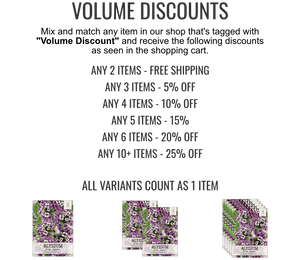Ornamental Indian corn, also known as flint corn, is distinguished by its vibrant, multi-colored kernels. These kernels range from red, blue, and white to yellow and purple, creating a visually striking appearance. Unlike sweet corn, ornamental Indian corn isn't typically eaten off the cob but can be used in various other ways, including grinding into meal or popping for popcorn. Its hard, colorful kernels make it a popular choice for fall decorations, often seen adorning homes during Thanksgiving.
The history of ornamental Indian corn traces back thousands of years to the indigenous peoples of the Americas. Originally domesticated from a wild grass called teosinte in what is now Mexico around 4,000 years ago, corn, including flint varieties, spread throughout North America. Native Americans cultivated corn not just for food but also for its symbolic and cultural significance. The colorful flint corn was one of the types grown, with each tribe potentially developing their unique strains through selective breeding. This corn was introduced to European settlers, who then spread it across the globe. Notably, Carl Barnes, a Cherokee farmer from Oklahoma, revived interest in these ancient corn varieties in the 20th century, particularly with the development of Glass Gem corn, showcasing the rich heritage and diversity of Native American agriculture.







